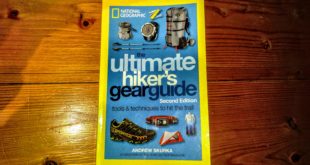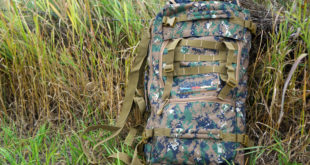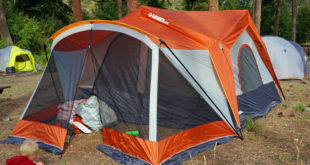You know the old saying, “don’t teach your grandmother to suck eggs”? Well it applies to trekking poles. My dad used to use old ski poles on hiking trips, he has for a long time. We sometimes thought he looked silly. Just like those bell bottomed pants of his that we laughed at, he was right AND they came back into fashion.
Trekking poles have slowly moved from elitists to common place (a sure sign of this is that they are sold at Walmart). Thanks to studies about their benefits and the popularity of Nordic Walking, this once niche item is become mainstream and the focus now is making them compact (for when you don’t need them) and light (to make carrying them more enjoyable and less work).
Two reasons they have become popular are their ability to add stability when dealing with rough terrain and the fact that you can use your upper body to carry some of the weight and thereby increase your endurance. Having an extra point of contact on the ground has saved me from many a fall in the past including a fairly rough drop off that I braved because I had my poles. I also find myself going faster and farther because I push off with each step. Yes it burns more calories, but I can stand to loose a bit of shape.
While you can spend upwards of $200 for carbon fiber trekking poles that way only 4 oz., most of us are going to choose the light but less expensive aluminum poles as they fit our budget ($20+). There are great options out there that you can pick up without forking out too much, which I recommend so you can decide if hiking poles are for you.
When travelling in South America I picked up some Altus Light Ascent trekking poles for under $50. Altus is a spanish company that produces a wide variety of trekking gear for the european market. If you’ve followed this blog you’ll see me use them in a few videos. Some of the features that stick out to me are as follows:
- Contoured cork handles – Much comfier than hard or even soft plastic, it’s a feature that you tend to find only on the more expensive poles.
- Angled foot – The foot has tread and is thin and long, as well as on a 45 degree angle. I’ve found it really useful for hills as they grab a lot better and hold traction.
- Weight – At 8.5 oz each, they’re incredibly light for the price.
Update:
Things have gone down hill with my poles. I took it out of the car to hike into a lake and one of the pieces had fallen apart and the pieces were jammed inside. The pieces that Altus sent me were for a different trekking pole and they haven’t gotten back to me about it.
 The Outdoor Adventure Giving you tips, tricks & recommendations to help make adventuring in the Outdoors fun, safe & exciting for you and your kids.
The Outdoor Adventure Giving you tips, tricks & recommendations to help make adventuring in the Outdoors fun, safe & exciting for you and your kids.





